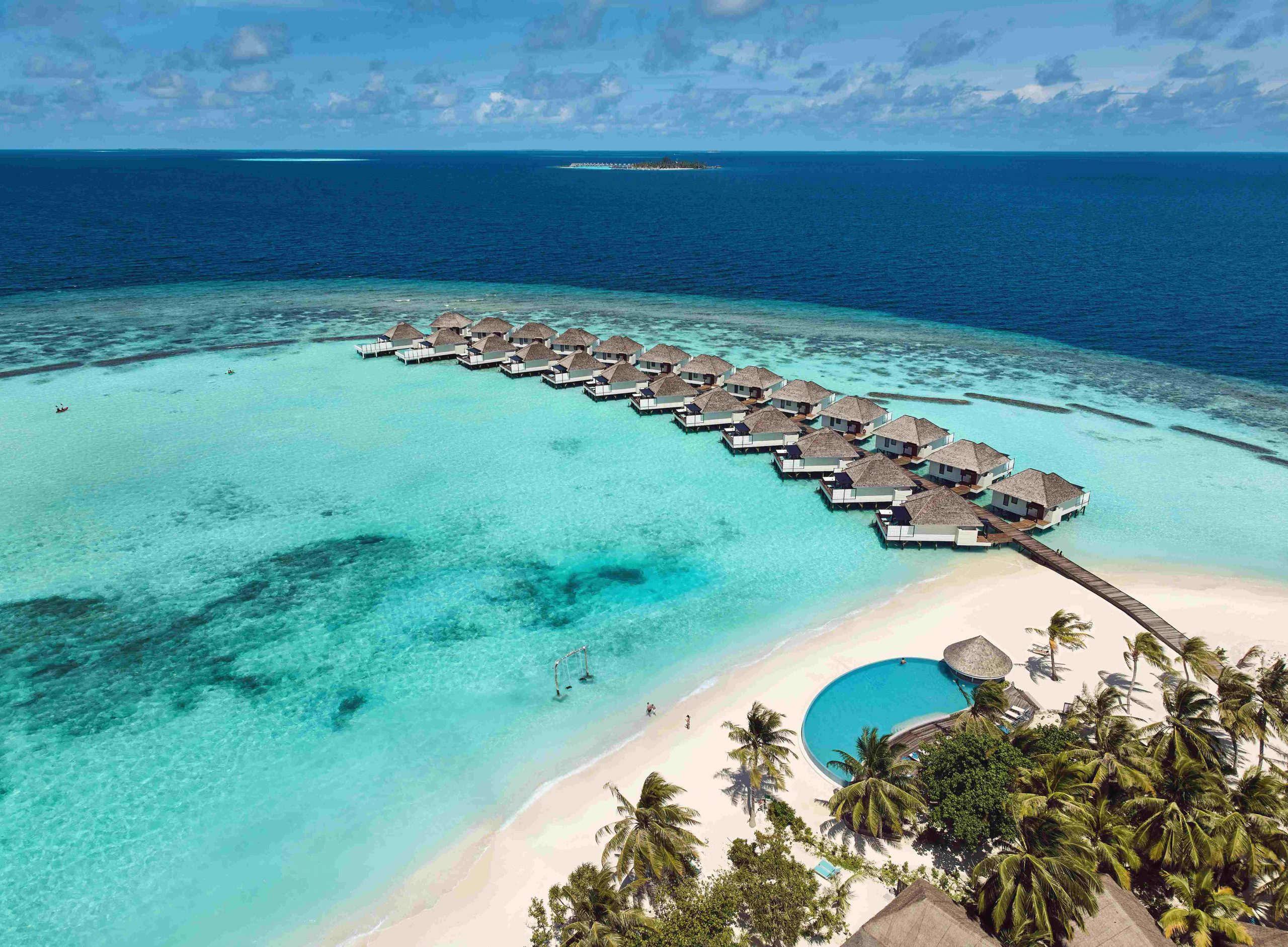The Maldives once again recorded the highest number of tourist arrivals in a single day with over 4,800 arrivals on valentine’s day this year. According to the statistics from Maldives’ Ministry of Tourism, the island nation witnessed approximately 4,856 tourist arrivals on 14th February 2021, the valentine’s day.
While this is the highest number of tourist arrivals Maldives witnessed in 2021, the island archipelago also recorded 4,809 tourist arrivals on 12th February and 4,480 arrivals on 13th February.
Looking at the overall number of tourist arrivals in 2021, the tropical holiday destination witnessed 138,912 tourist arrivals by 14th February. But, this is a decrease of 43.2% compared to the same period in 2020.
The latest figures from the Ministry of Tourism reveals that Russia continues to retain its position as the biggest tourist source market with a share of 22.2%. Neighbouring India closely tied with a market share of 21.6%. Other leading tourist source markets include; Ukraine, Kazakhstan, Romania, Germany, France, Switzerland, United Kingdom and the Czech Republic.
Also read: 15 Exciting New Resorts Opening in the Maldives this year
The Maldives is seeing an optimistic recovery from several regional markets. This includes; Central/Eastern European, the South Asia region and some markets from the Middle East. This year, tourist arrivals from Uzbekistan grew by a whopping 493.3%. Meanwhile, arrivals from Kazakhstan grew by 208%.
Arrivals from Russia (which is currently the leading tourist source market) grew by 74.6% in 2021. The Maldives has also witnessed growth from other leading source markets including; Ukraine, Romania, Brazil and even the neighbouring India.
Earlier this month, Tourism Minister of the Maldives, Dr. Abdulla Mausoom revealed that the island archipelago will become one of the first nations to start ‘Vaccine Tourism’. Meanwhile, frontline employees in the tourism and aviation industry have started receiving their first dose of COVID-19 vaccine.
Feature image by Cocoon Maldives







